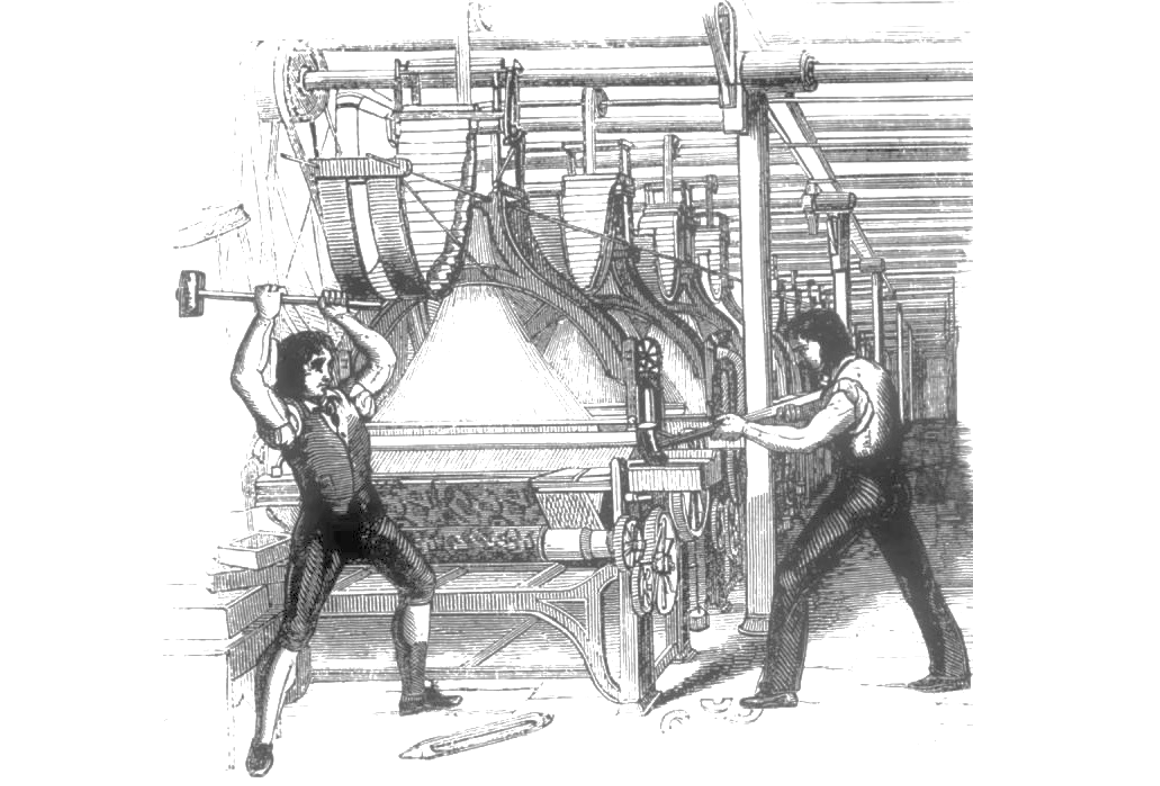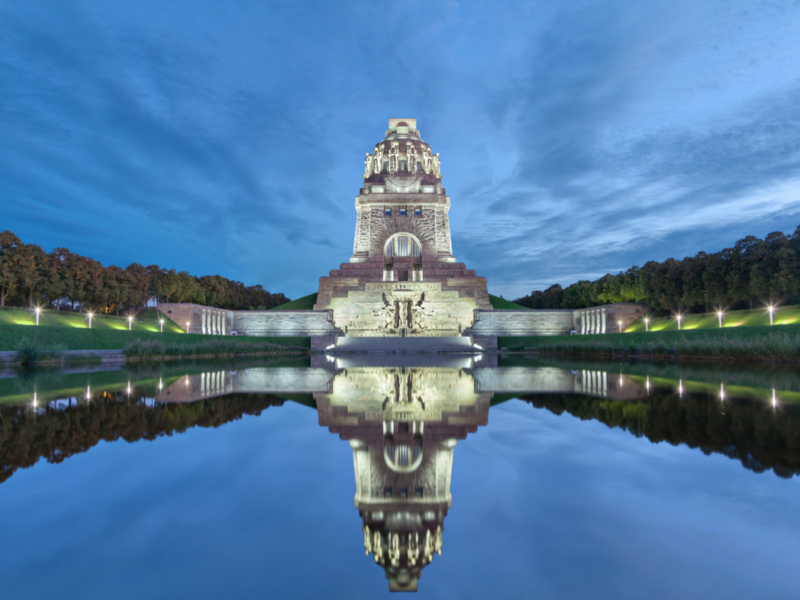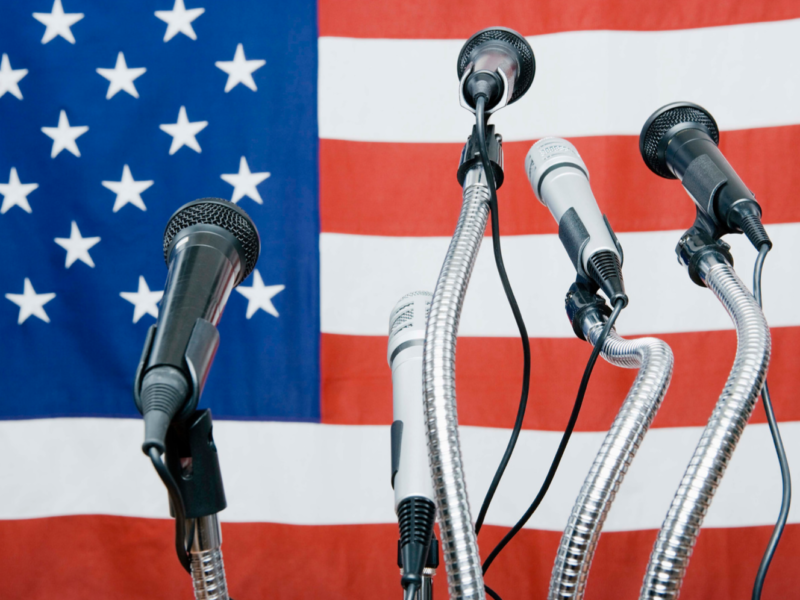As history teaches us, each epoch of technological advancement has been accompanied by fears of societal upheaval, and the potential of doomsday scenarios. The advent of artificial intelligence (AI) is the most recent technology to be placed under this spotlight. A recent example, an article titled “A.I. Poses ‘Risk of Extinction,’ Industry Leaders Warn” explores such fears, where leaders from prominent AI labs warn that future AI systems could potentially pose existential threats akin to pandemics and nuclear weapons. This forewarning echoes earlier sentiments about other technological innovations, such as automation in manufacturing, seen as heralding the end of employment and the dissolution of society as we know it.
In the early 19th century, the Luddites, English textile workers, destroyed machinery, fearing automation would replace their jobs. In the mid-20th century, similar concerns were raised when Ford introduced automated assembly lines. Both these historical events mirror the current anxieties about AI. The article states: “Recent advancements in so-called large language models — the type of A.I. system used by ChatGPT and other chatbots — have raised fears that A.I. could soon be used at scale to spread misinformation and propaganda, or that it could eliminate millions of white-collar jobs.” The fear of job loss is consistent across eras, irrespective of the technology involved.
However, scepticism is not always misplaced. Looking back, automation did disrupt industries and displace jobs, and it required significant societal adaptation. Today, AI’s rapid development has outpaced our ability to understand its implications fully. As the article mentions, “A.I. is improving so rapidly that it has already surpassed human-level performance in some areas,” raising fears that artificial general intelligence may not be far off.
The parallels don’t end here. In the past, leaders in manufacturing industries also recognized the potential risks of their advancements. Industrialists such as Andrew Carnegie advocated for fair labor practices and societal adaptation. The contemporary equivalent is AI industry leaders, who paradoxically argue for tighter regulation of the technology they are developing. Sam Altman, chief executive of OpenAI, Demis Hassabis, chief executive of Google DeepMind, and Dario Amodei, chief executive of Anthropic, all highlight the grave risks of AI, calling for its regulation.
Yet, there is also a historical tendency for overestimating the imminent danger of new technology. With manufacturing automation, dystopian scenarios of mass unemployment were often overblown. The job market adjusted, transitioning from manual labour to more intellectual work. Similarly, some argue that today’s AI is still too immature to pose an existential threat. The article quotes sceptics worrying more about “short-term problems, such as biased and incorrect responses, than longer-term dangers.”
In response to these fears, past leaders proposed strategies to manage technological progress responsibly. For instance, during the nuclear age, the International Atomic Energy Agency was formed to control the use of nuclear weapons. Today, AI leaders propose similar strategies. Altman, along with other OpenAI executives, has called for the formation of an “international A.I. safety organization, similar to the International Atomic Energy Agency.”
Furthermore, just as past innovators received societal pushback, AI developers face similar challenges. The article references a letter signed by over 1,000 technologists and researchers calling for a halt in the development of large AI models, expressing concerns about “an out-of-control race to develop and deploy ever more powerful digital minds.”
In conclusion, our perception of AI mirrors historical reactions to significant technological innovations. It is a dance we have danced before, reflecting our struggle to reconcile the possibilities of technological progress with the fear of potential destruction. As we have done in the past, we must learn to embrace the promise of AI while remaining vigilant of its potential pitfalls. Innovation will always be met with scepticism, but through mindful deliberation, regulation, and adaptation, we can once again find the rhythm in this timeless dance with technological progress.
Read also:
Virtuous AI: Incorporating Key Human Values for a Prosperous Future
Based on a conversation with OpenAI







2 comments
Comments are closed.